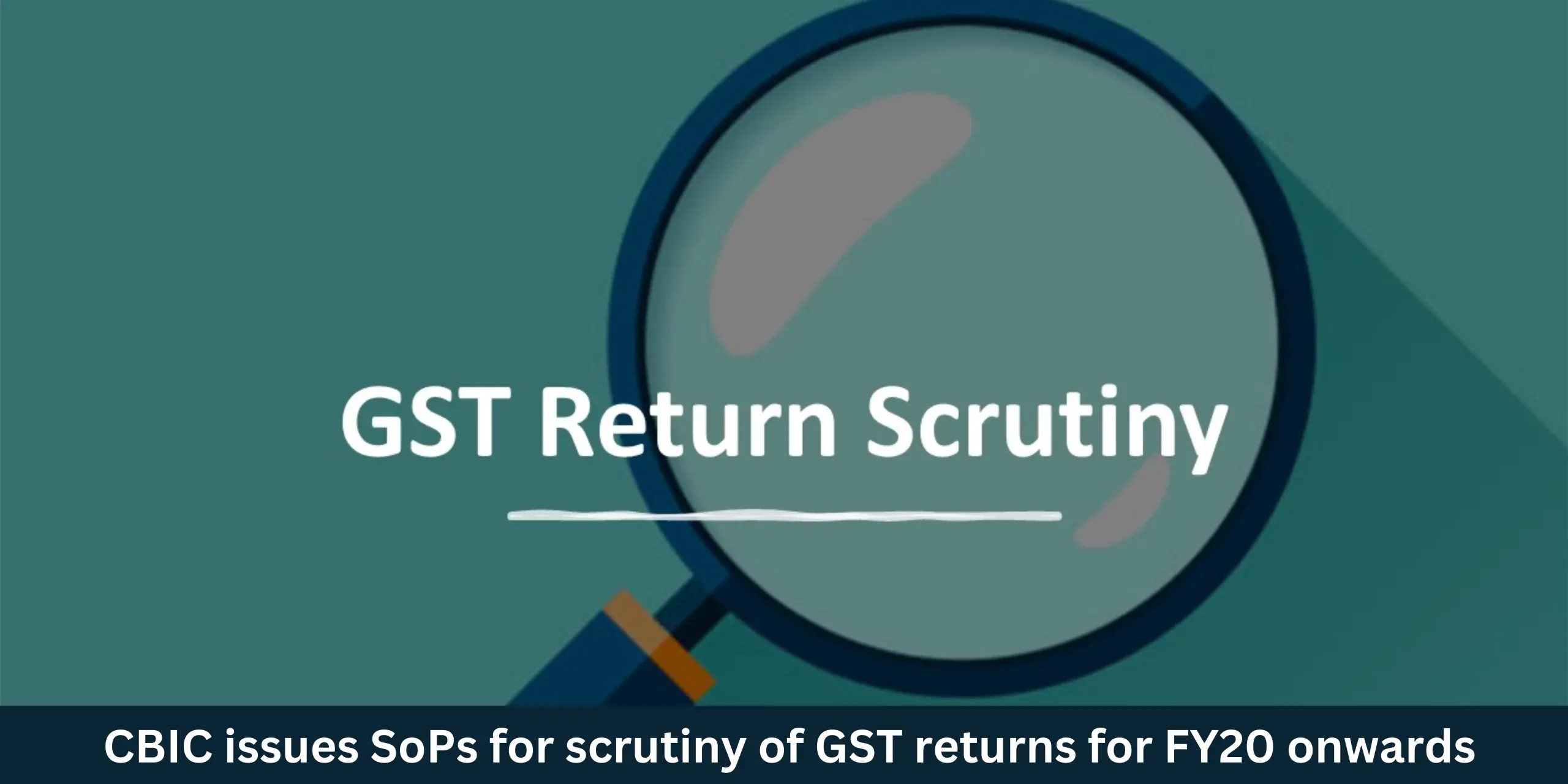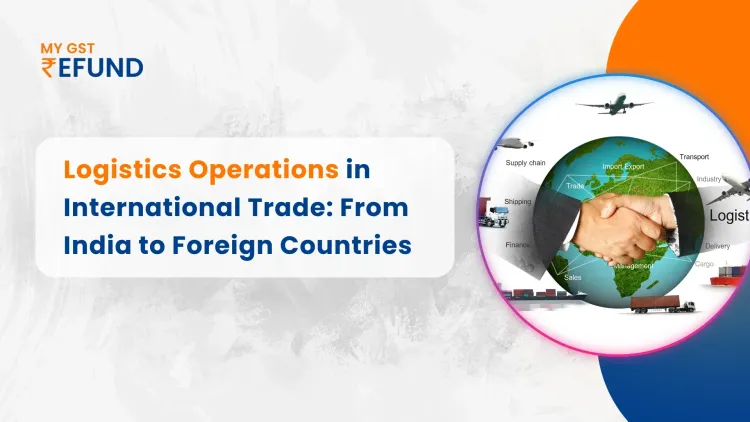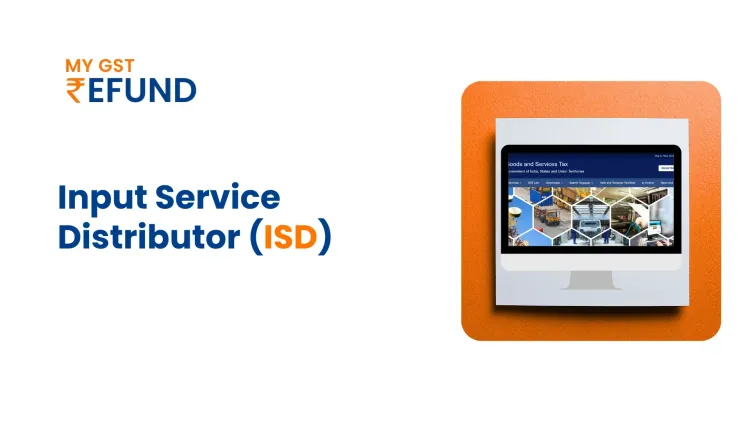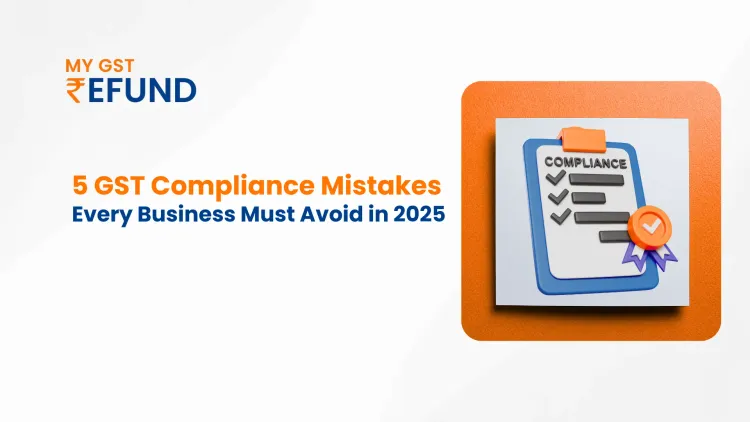CBIC issues SoPs for Scrutiny of GST returns for FY20 onwards
Published on: Tue May 30 2023
The Central Board of Indirect Taxes and Customs (CBIC) has released guidelines outlining the standard operating procedure (SoP) for reviewing tax returns under the Goods and Services Tax (GST) regime, starting from the financial year 2019-20. According to the CBIC, the analytics unit will utilize different risk parameters to determine which returns will undergo scrutiny.
According to the recently published standard operating procedure (SoP), the Directorate General of Analytics and Risk Management (DGARM) will be responsible for selecting tax returns for scrutiny. This selection will be based on a range of risk parameters identified by DGARM. The GSTINs (Goods and Services Tax Identification Numbers) registered with the central tax authorities will be the focus of scrutiny. The details of the selected GSTINs will be accessible on the scrutiny dashboard within the ACES-GST application, specifically for the relevant Central Tax officer.
According to the standard operating procedure (SoP), the risk parameters associated with a specific GSTIN (Goods and Services Tax Identification Number) and the corresponding tax amount or discrepancy will be displayed on the scrutiny dashboard for the convenience of the proper officer. This information will aid in assessing the likely revenue implications related to the identified risks.
The Central Board of Indirect Taxes and Customs (CBIC) recently introduced an automated scrutiny module for GST returns. This module empowers tax officers to scrutinize GST returns of taxpayers under the central administration. The selection process relies on data analytics and risks identified by the System.
In response to the increasing incidents of GST fraud and the prevalence of fake invoices, the government has been implementing measures to expand the compliance requirements for a larger number of businesses, particularly small and medium enterprises. These actions aim to enhance GST revenue collections while supporting the overall growth of the tax system.
Read More: Karnataka HC Quashes GST Notice to Gameskraft Technologies
The designated Central Tax officer will be required to conduct a scrutiny of at least 4 GSTINs (Goods and Services Tax Identification Numbers) per month. This includes reviewing all returns associated with a specific financial year if the selected GSTIN is under scrutiny. The aim is to minimize direct interaction between the proper officer and the registered individual during the scrutiny process. Ideally, there should be no need to request documents or records from the registered person prior to issuing Form GST ASMT-10.
GST ASMT-10 serves as a scrutiny notice sent by a tax officer to an assessee. Upon receiving this notice on the common portal, the registered person has the option to either acknowledge the mentioned discrepancy, make the payment for the corresponding tax, interest, and any other related amount, and inform the authority accordingly. Alternatively, they can provide an explanation for the identified discrepancy using Form GST ASMT-11 within the specified timeframe of 30 days, as stated in the SoP. The submission of Form GST ASMT-11 should also be done through the common portal to the proper officer.
Are you Looking for GST Refund Service? Mygstrefund.com offers GST refunds on business, exports, and many more. Get in touch with us today.
Related Posts





